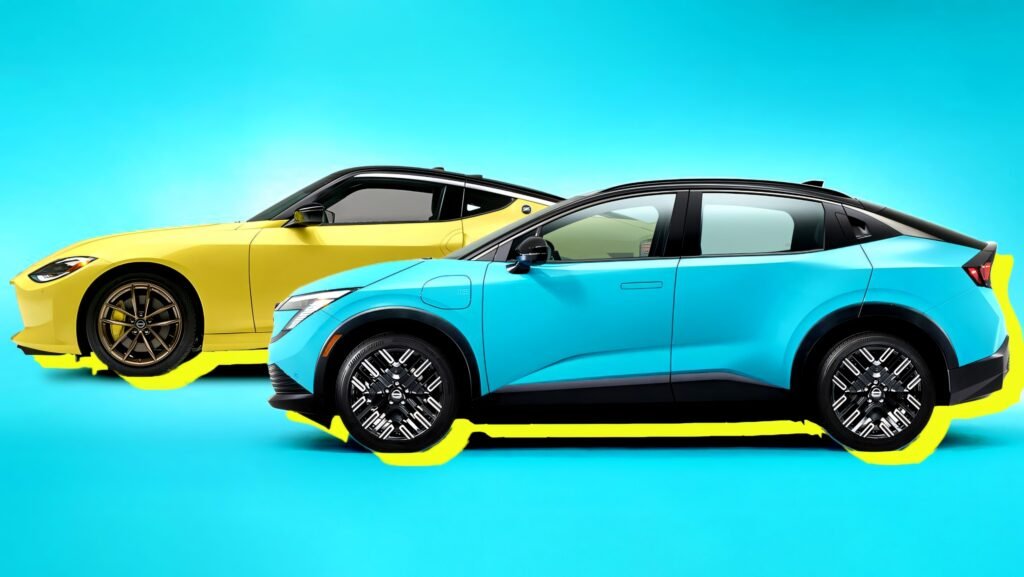

- 2026 Leaf gains driving dynamics expertise drawn from the Z sports car.
- New motor mounts and suspension boost comfort while minimizing vibration.
- Dual charging ports enhance convenience with a starting MSRP of $29,990.
The latest Leaf has arrived, and Nissan wants drivers to see it as something more than another electric hatchback. It represents years of accumulated know-how from across the brand’s lineup, from mainstream cars to the Z sports car’s precision DNA.
Now, Christian Spencer, Nissan’s senior manager of Marketability and a long-time engineer, explains to Carscoops how the new Leaf embodies what it means to drive a Nissan.
A Familiar Feel or Something New?
Spencer has worked across nearly every segment, including trucks, sedans, SUVs, and sports cars. In his view, making a car drive like a Nissan isn’t about one singular type of experience but rather an attitude that begins at the design phase.
Review: Nissan’s $29,990 Leaf Costs Less But Feels Like So Much More
“We have people who stick around this company for a very long time, and they really like it because it’s a hands-on company,” he said. “That doesn’t mean you make a Z drive like a LEAF, or a LEAF drive like a Pathfinder, but you carry the passion through and make sure the customer experience is right.”

Engineers applied Z-inspired strategies like steering precision and controllability to the Leaf, adapting them to an EV platform without overcomplicating the car.
“You can still enjoy driving the car even though it’s not a high-performance sports car,” Spencer said. “We want it to be enthusiastic, fun, and intuitive for the customer.”
Comfort and Quality Above the Segment
The 2026 LEAF’s rear multilink suspension comes from the larger Ariya, reducing impact stiffness by nearly 30%. Redesigned motor mounts soak up vibration, the floor is 80% stiffer, and the doors are better insulated, giving the EV a quieter, more refined ride.
More: Nissan Says We Made A Mistake With New Leaf’s Taillights
“It really was more luxurious with more refinement than [other options] at the price point it was,” Spencer said. This pursuit of comfort is intentional. The team focused on creating an accessible EV that feels high-quality without overcomplicating features.

“We wanted it to be simple, efficient, and around $30,000, with 300 miles of range,” he explained. “That was how we kept the costs down while still giving the customer a premium-feeling product.”
On top of that, the LEAF integrates both NACS and J1772 charge ports. In other words, owners can use both Tesla Superchargers and traditional home units. Spencer emphasized the importance of prioritizing what the customer actually needs over copying competitors.
“If we were going to bet on how you’re going to charge the car, our solution is probably going to be the best for you today as the customer.”
Now, the question is whether or not these big changes will lead to big sales. What’s unquestionable is that Nissan has taken a bold new tack in the design of this Leaf.




